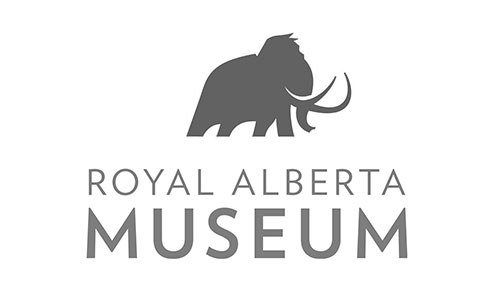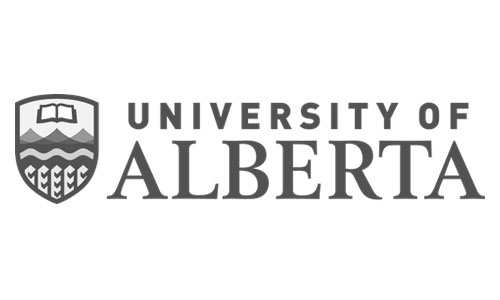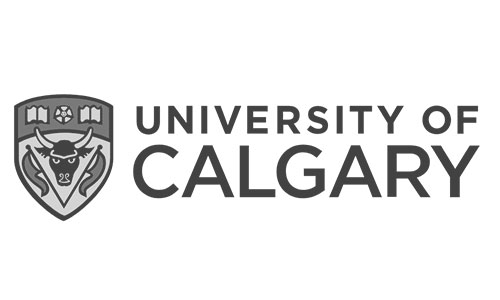Status of Non-native Vascular Plants
In this section we present a list of non-native vascular plant species detected in Norbord's operating areas, including per cent occurrence and a map of predicted relative richness.
The number of non-native vascular plant species detected was:
 Northern Operating Area: 6 species
Northern Operating Area: 6 species
 Southern Operating Area: 28 species
Southern Operating Area: 28 species
Non-native species occurred less frequently in the Northern Operating Area where they were detected at 26.5% of sites compared to in the Southern Operating Area where they were detected at 63.2% of sites.
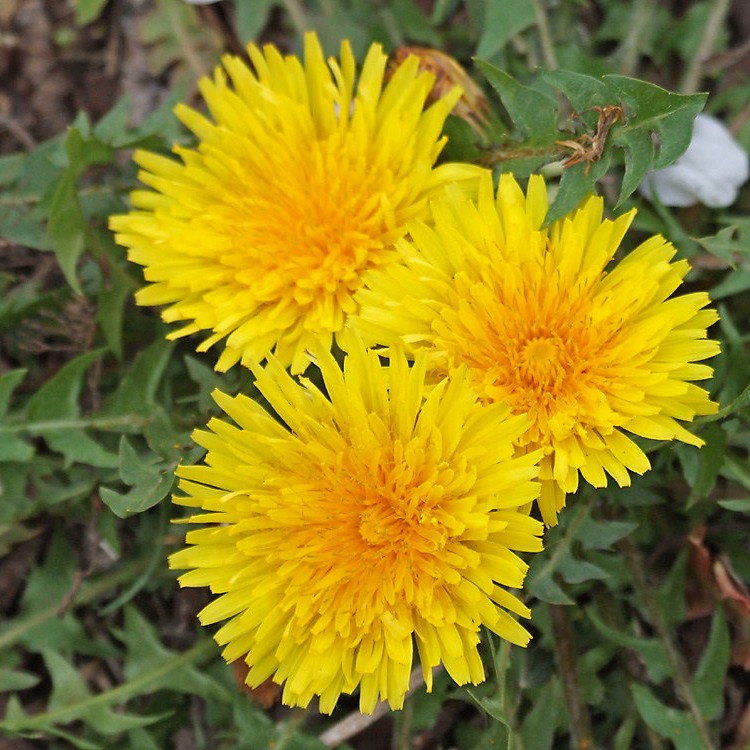 Photo: Mitsu
Photo: Mitsu
Common Dandelion (Taraxacum officinale/erythrospermum)
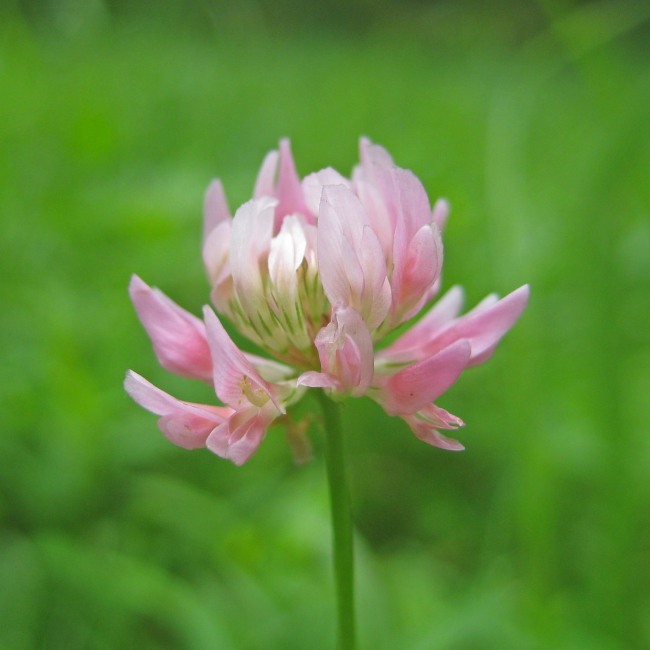 Photo: Siddharth Patel
Photo: Siddharth Patel
Alsike Clover (Trifolium hybridum)
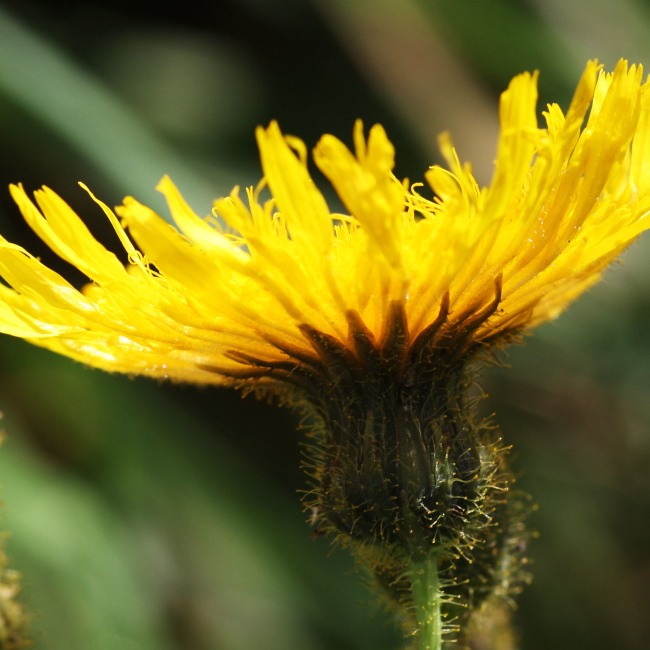 Photo: Steve Chilton
Photo: Steve Chilton
Perennial Sow Thistle (Sonchus arvensis)
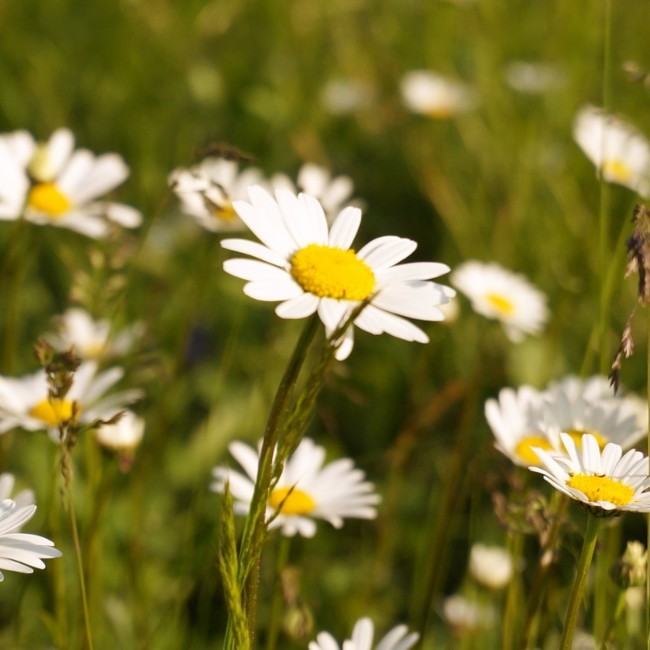 Photo: Milada
Photo: Milada
Ox Eye Daisy (Leucanthemum vulgare)
Introduction
Non-native plants are those species that have been introduced, intentionally or otherwise, into new areas beyond their natural range. While non-native plants are not a current threat to native biodiversity in boreal and montane forests, given the right conditions, they could become a bigger management challenge. For example:
- Some non-native plant species, like the Creeping Thistle and Narrow-leaved Hawksbeard, can interfere with tree regeneration after fire or forest harvesting[1].
- As human activities such as forestry and oil and gas development increase in northern Alberta, creating favourable environmental conditions for weeds to establish and spread, non-native species like these could become more of a concern.
- Early action is the most effective way of managing non-native species before serious impacts have occurred.
The ABMI's monitoring data are a means to assess the current distribution of non-native species and detect trends in their distribution over time, serving as an early warning signal of potential risks to native biodiversity.
Occurrence and species richness are summarized for non-native plant species in Norbord’s operating areas.
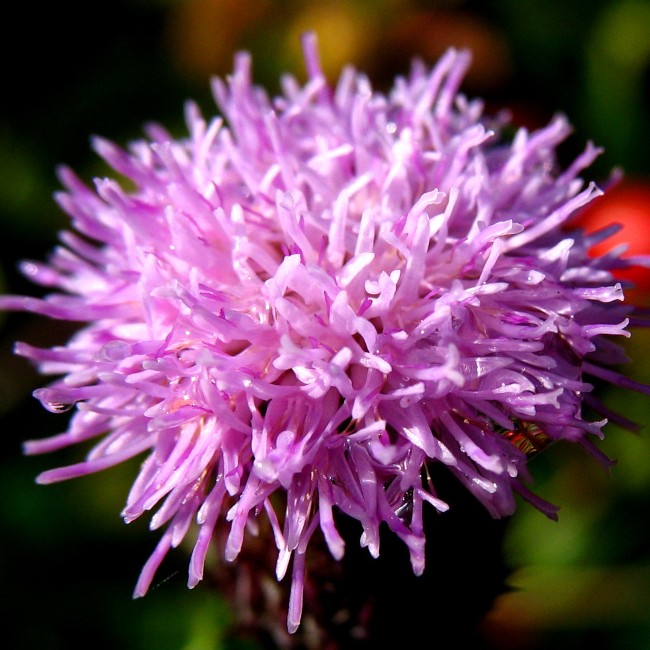 Photo: Jean Mottershead
Photo: Jean Mottershead
Creeping Thistle (Cirsium arvense)
Results
Non-native plants
The number of unique non-native vascular plant species detected in Norbord's operating areas was:
Northern Operating Area
6 species
Southern Operating Area
28 species
Partner Operating Area
5 species
2018 Highlights
- Non-native species occurred less frequently in the Northern Operating Area where they were detected at 26.5% of sites compared to in the Southern Operating Area where they were detected at 63.2% of sites.
- At sites where non-native plants were found, 1.9 and 5.4 non-native species were detected on average in the Northern and Southern Operating Area, respectively.
- In the Northern Operating Area, non-native species occurred infrequently. Common Dandelion was the most abundant non-native plant, occurring at 11.8% of ABMI sites followed by Perennial Sow Thistle (8.8%), Awnless Brome (5.9%), Common Groundsel (5.9%), Common Plantain (5.9%), and Hemp Nettle (2.9%).
- In the Southern Operating Area, Common Dandelion was also the most abundant non-native plant, occurring at 57.9% of sites, followed by Timothy (31.6%), Awnless Brome (31.1%), Red Clover (26.3%), and Alsike Clover (26.3%).
- Ox Eye Daisy is listed under the Alberta Weed Control Act as Noxious and was detected at 5.3% of sites in the Southern Operating Area.
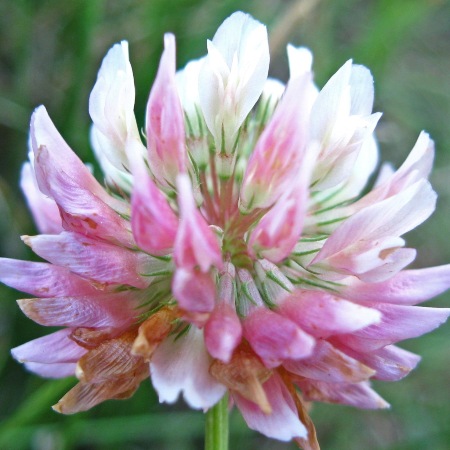
Several of the non-native species that were detected in the Southern Operating Area are cultivated as hay and forage crops in agricultural settings, including Alsike Clover.
| Image | Common Name | Scientific Name | Northern Occurrence (%) | Southern Occurrence (%) | Status |
|---|
References
Sanderson, L.A., J.A. McLaughlin, and P.M. Antunes. 2012. The last great forest: a review of the status of invasive species in the North American boreal forest. Forestry: An International Journal of Forest Research 85(3):329-340.


